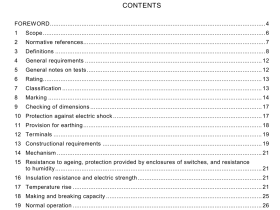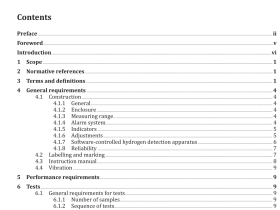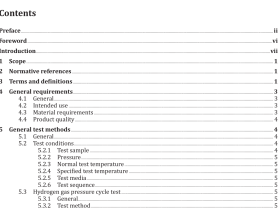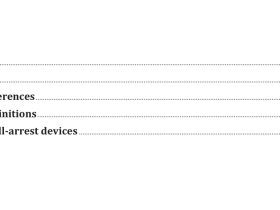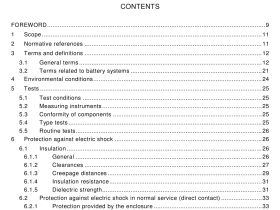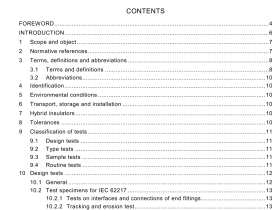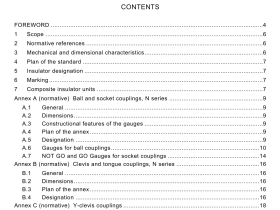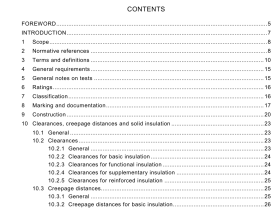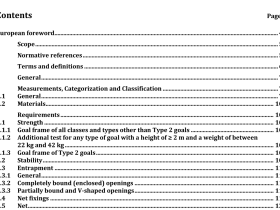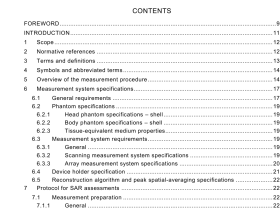AS 2150 pdf download
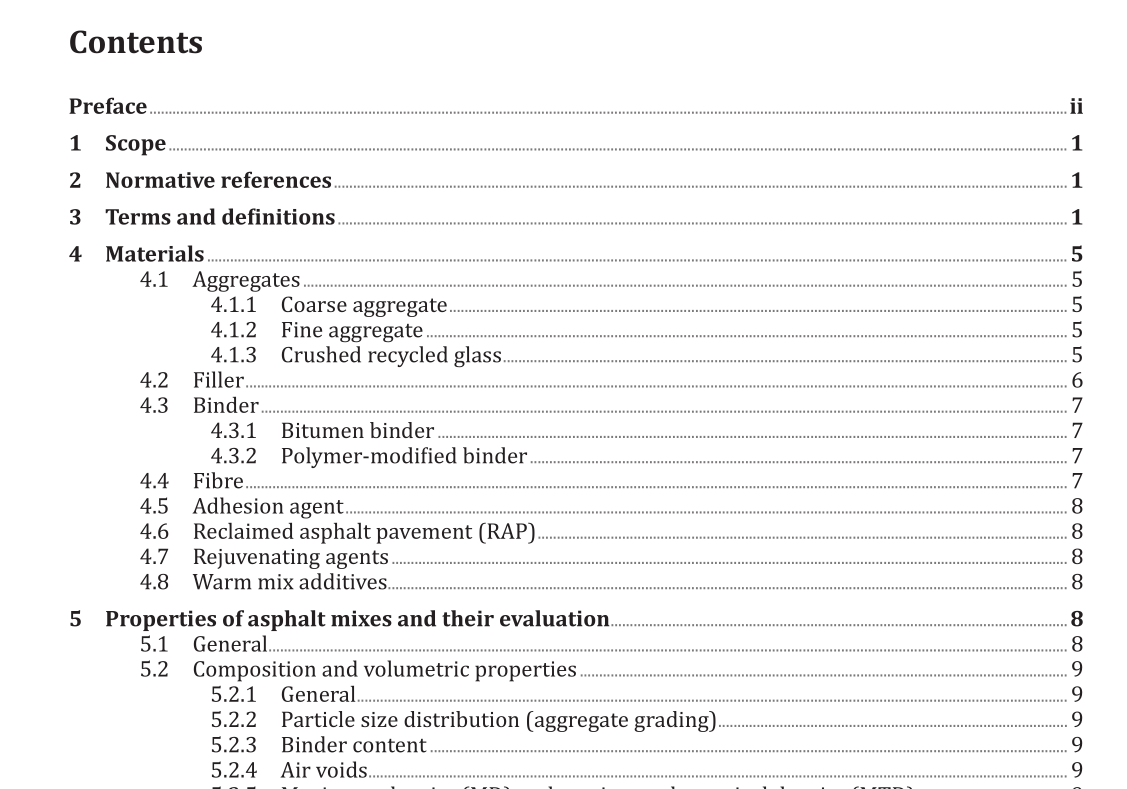
AS 2150 pdf download.Asphalt — A guide to good practice
3 Terms and definitions
For the purpose of this Standard, the following terms and definitions apply. 3.1 added filler mineral matter, suitable for use in asphalt that is added to the combined aggregate of an asphalt mix Note 1 to entry: At least 75% of the filler should be finer than 0.075 mm. The entire filler should be finer than 0.600 mm.3.2 adhesion agent substance used for the purpose of improving the adhesion between a bituminous binder and aggregate Note 1 to entry: This term usually refers to adhesion in the presence of water. 3.3 aggregate material composed of discrete mineral particles of specified size or size distribution, produced from gravel, rock or metallurgical slag, using selective extraction, blasting, crushing and screening 3.3.1 coarse aggregate aggregate having a nominal size not less than 5 mm 3.3.2 fine aggregate aggregate that substantially passes a 4.75 mm sieve 3.3.3 gap-graded aggregate graded aggregate in which one or more of the intermediate sizes are absent or present in small proportions 3.4 asphalt mixture of bituminous binder and aggregate, with or without mineral filler, produced hot or warm in a mixing plant that is delivered, spread and compacted while hot or warm 3.5 binder bituminous material used for the purpose of holding solid particles together as a coherent mass 3.6 bitumen bituminous materials obtained by processing the material obtained from the refining of naturally occurring crude petroleum 3.7 bituminous material that resembles or contains bitumen 3.8 bulk density mass per unit volume including voids in a material 3.9 crumb rubber rubber particles manufactured from waste or reclaimed rubber products such as vehicle tyres and graded to conform to a specified size range Note 1 to entry: Crumb rubber is used in bitumen to improve binder properties. 3.10 crushed recycled glass granular material having a maximum nominal size of 5 mm and is primarily manufactured by crushing container glass Note 1 to entry: Washing of crushed glass assists in the removal of contaminants and organic odour.3.11 dense-graded asphalt DGA mixture of coarse aggregate, fine aggregate, filler and bitumen placed hot or warm and compacted to a dense state as a pavement layer or resurfacing Note 1 to entry: This includes the use of modified binders and the addition of various additives to enhance the performance of asphalt. 3.12 fibre additive for reducing binder drain-off in stone mastic asphalt and open-graded asphalt mixes 3.13 filler material derived from aggregate or other granular material passing a 0.075 mm sieve 3.14 fine gap-graded asphalt FGGA dense mix with intermediate sized fractions replaced by finer fractions Note 1 to entry: This asphalt may also contain more filler and bitumen. 3.15 gap-graded asphalt GGA asphalt mix in which gap-graded aggregate is used Note 1 to entry: For example, fine gap-graded asphalt or stone mastic asphalt. 3.16 maximum density MD density that could be achieved in a sample of asphalt if it were possible to compact it so as to exclude all air voids between coated aggregate particles Note 1 to entry: Maximum density is also known as void-free density. 3.17 maximum theoretical density MTD theoretical determination of maximum density based on the density of the materials used in the asphalt 3.18 maximum size sieve size one size above that of the nominal size 3.19 modified binder binder with enhanced performance achieved by the incorporation of additives or special processing to achieve specific physical properties Note 1 to entry: Additives may be polymers, resins, rubber or other material. 3.20 nominal size size designation of an aggregate or asphalt mixture, which gives an indication of the largest particle size present3.21 open-graded asphalt OGA bituminous mix using aggregate containing only small amounts of fine material and providing a high percentage of air voids 3.22 quality system organizational structure, responsibilities, procedures, activities, capabilities and resources that together aim to ensure that products, processes or services will satisfy stated or implied needs 3.23 reclaimed asphalt pavement RAP material reclaimed from an asphalt pavement by various means, including cold-milling, grader, backhoe, jack-pick or other methods may be used for this purpose Note 1 to entry: For the purpose of this document RAP also includes plant waste and site returns. 3.24 rejuvenating (recycling) agent (asphalt) typically a light petroleum product added to reclaimed asphalt pavement material to restore proper viscosity and plasticity to the bitumen Note 1 to entry: This product usually contains maltenes.
